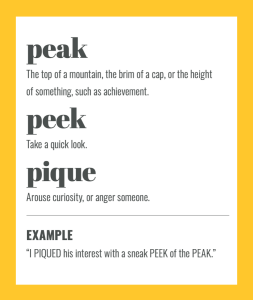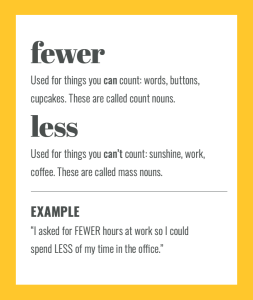Peak, peek or pique: simple tips to remember the difference

Peak vs peek vs pique: do you know the difference? These tips will show you how to use these commonly confused words.
Years ago there was an account on Twitter that automatically responded when people spelled ‘sneak PEEK‘ as ‘sneak PEAK‘.
I’m kinda disappointed it no longer exists (changing the world, one spelling tweet at a time is right up my streat… sorry – street).
But there’s no doubt these tricksy spellings are easy to confuse. Here are my top tips to remember the difference between PEEK and PEAK… with PIQUE thrown in for good measure.
When to use PEAK
It’s easy to remember that the PEAK is the top or pinnacle of something. Just think of the A being like the top of a mountain.
When to use PEEK
A PEEK is a cheeky glance (or peep).
Think of the two EEs in CHEEKY, and the two EEs in PEEK – or like two eyes peeping.
When to use PIQUE
PIQUE means to arouse curiosity, or to make someone angry.
You might do something in a fit of PIQUE, but never ‘a fit of PEEK‘ or ‘a fit of PEAK‘ – though you need to be fit to climb a PEAK (sorry – couldn’t resist).
Get more tips in The Little Book of Confusables
Fun, memorable spelling and usage tips for 600 commonly confused words, packed into 300+ gorgeous pages for just £11.95. You’ll wonder how you managed without it!
2023 GOLD award winner at the eLit book awards.
Less vs fewer. A simple tip to get it right every time
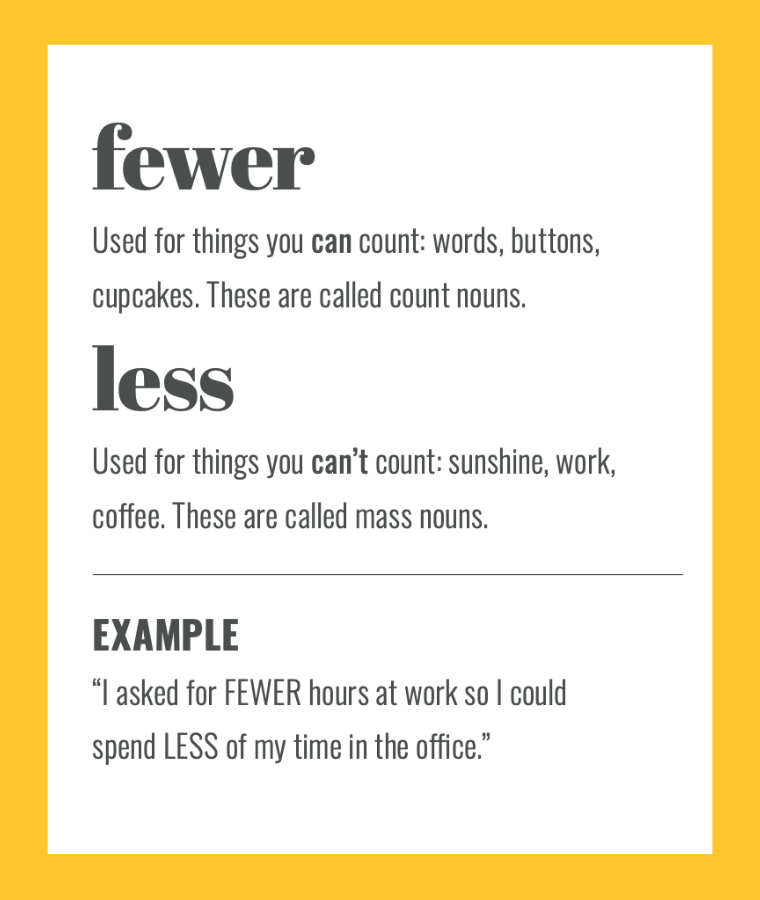
There are two types of people – those who are irritated by supermarket Five items or less signs (Fewer! It should be FEWER!) and those who don’t know the difference. Do you know the super simple tip to tell them apart?
Use LESS for things you can’t count:
- less sunshine
- less work
- less coffee
Use FEWER for things you can count (like the items in your shopping basket):
- fewer words
- fewer buttons
- fewer cupcakes
So there you go. If you can count it, use FEWER. If you can’t, use LESS.
More tips = fewer mistakes + less confusion.
Bonus tip
Once you know that things you can count are called ‘count nouns’ and things you can’t count are called ‘mass nouns’ you can apply the same logic to MANY and MUCH.
Use MANY for things you can count, and MUCH for things you can’t.
For example:
- Using too many words can confuse your message.
- Too much confusion can prevent customers from choosing your business.
Get more tips in The Little Book of Confusables
Cut the waffle: the benefits of plain English
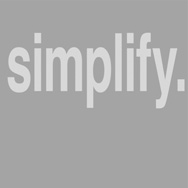
A short, punchy message increases your chances of being heard above the social media chatter.
So why do so many people use long words and complicated language in their blog posts and updates?
Maybe it’s hardwired from our school days. Teachers’ requests for a 5,000-word essay struck fear into our hearts and we resorted to padding and long words in an attempt to sound more knowledgeable than we really were.
It didn’t work then, and it doesn’t work now.
Using plain English, and clear, concise language can make the difference between winning and losing business, or a potential client choosing your company over a competitor.
So, when every character counts, here are 18 waffle-busting ways to get straight to the point:
| Instead of writing this… | write this |
|---|---|
| as and when | when |
| we will endeavour | we’ll try |
| in due course | soon |
| we are able to | we can |
| in a timely manner | on time |
| additional information | more details |
| in order to | to |
| we have a requirement for | we need |
| regarding | about |
| a significant number | lots |
| in close proximity | near |
| per annum | a year |
| please advise | tell us |
| prior to | before |
| until such time | until |
| please ensure | make sure |
| at the end of the day | ultimately |
| utilise | use |
13 common confusables and how to get them right first time
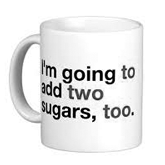
The English language contains numerous words that sound alike but have different meanings. They’re known as homophones and they’re easily confused when writing.
Here are some of the most commonly confused words, together with tips for getting them right first time. Which trips you up?
Its/it’s
ITS describes something that belongs to IT:
“The dog chased its tail”
IT’S is a contraction of IT IS or IT HAS:
“It’s going to be sunny”
You’re/your
YOU’RE is always a contraction of YOU ARE:
“You’re going to be late”
YOUR describes something that belongs to you:
“Remember your wallet”
They’re/their/there
THEY’RE is always a contraction of THEY ARE:
“They’re going to be late”
THEIR describes something that belongs to them:
“They forgot their tickets!”
THERE is a place. Think ‘here’ + T:
“Over here! No – over there!”
They’ll/there’ll
THEY’LL is a contraction of THEY WILL:
“They’ll be late”
THERE’LL is a contraction of THERE WILL:
“There’ll be trouble”
Who’s/whose
WHO’S is a contraction of WHO IS or WHO HAS:
“Who’s tried the new restaurant?”
WHOSE indicates that something belongs to someone. Try replacing it with WHO IS or WHO HAS. If it doesn’t make sense, use WHOSE:
“Whose restaurant is it?”
Stationary/stationery
STATIONARY means ‘not moving’. Remember AR, as in parked car:
“The train was stationary”
STATIONERY is paper, pens and other office supplies. Remember E for envelopes:
“Please bring your own stationery”
Affect/effect
AFFECT is a verb meaning ‘influence’ or ‘make a difference to’:
“The rain affects my hair”
EFFECT is most commonly a noun meaning ‘result’:
“The effect of the rain is wet hair”
Complement/compliment
COMPLEMENT means complete, match or add a little extra. Remember E for extra:
“That top complements your eyes”
COMPLIMENT praise or a flattering remark, such as, “You have lovely eyes” (think eyes = i).
Always ‘compliments slip’ and ‘with compliments’.
Wonder/wander
WONDER means to ponder, or to be curious:
“I wonder how she got on”
WANDER means to drift around:
“I like to wander around the gardens”
Accept/except
ACCEPT means receive:
“Please accept my apologies”
Except means apart from, or excluding (think EX):
“Have any chocolate you like, except the caramels”
Practice/practise
PRACTICE is a noun – think ICE:
“Have you done your piano practice?” or “We refer to best practice guidelines”
PRACTISE is a verb – think IS:
“You need to practise”
Principal/principle
PRINCIPAL means main or chief. Remember ‘pal’:
“The college principal”
PRINCIPLE is a fundamental truth or rule:
“A matter of principle”
It also means morally correct behaviour:
“A man of principle”
To/too
TO indicates direction:
“I’m going to London”
It also indicates the infinitive part of a verb:
“I’m going to have lunch”
TOO means also:
“Can I come, too?”
It also means excessively:
“It’s too loud!”
8 tips and tricks to improve your writing in just 8 minutes
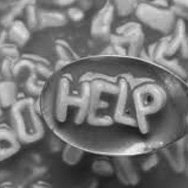
The English language is full of quirks that can trip you up – and when you’re writing for business, mistakes can cost you sales.
These simple tips will stop you falling flat on your face.
Tip 1
A lot, as well, thank you, no one and all sorts are all two words.
(Unless you happen to be writing about Liquorice Allsorts, which – let’s face it – is unlikely.)
Tip 2
Don’t use here’s (here is: singular) or there’s (there is: singular) when you mean here are or there are: plural.
“Here are tips”, not “here’s tips”.
Tip 3
Too means also (“can I come, too?”) or excessively (“that’s too loud”).
To indicates direction (“I’m going to London”) or shows the infinitive form of a verb (“I’m going to have some lunch”).
Two is always a number.
Tip 4
It’s usually wrong to say you have two choices – you have one choice, with two (or three, or ten) alternatives.
Tip 5
An ellipsis is always three dots – no more, no less (and never a random number just to fill a gap).
Tip 6
Stop confusing you’re and your.
You’re is short for ‘you are’.
Your means belonging to you.
“You’re driving to town in your car.”
Tip 7
Blame pronunciation for this one. Saying could’ve, would’ve, and should’ve often leads to writing could of, would of, should of – which is wrong.
Always write could have, would have, should have.
Tip 8
Use fewer for things you can count, and less for things you can’t. Less food = fewer calories.
Ditto number (for things you can count) and amount (for things you can’t).


